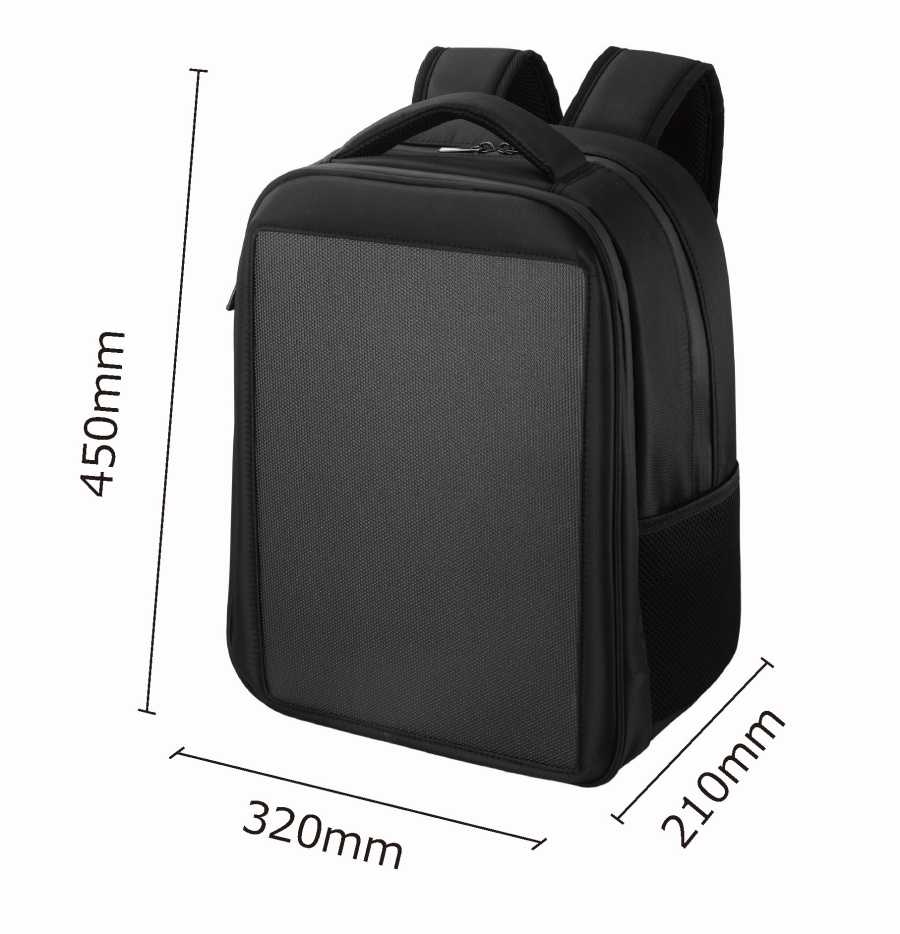The charging capabilities of a foldable solar suitcase depend on various factors, including the size and wattage of the solar panels, the efficiency of the panels, weather conditions, and the device you are trying to charge. However, I can provide you with some general information.
A foldable solar suitcase typically consists of multiple solar panels that fold into a compact and portable case. These panels are designed to capture sunlight and convert it into electrical energy. The wattage of the solar panels can vary, but common options range from 60 watts to 200 watts or more.
The power output of the solar panels is measured in watts, and it determines how much energy they can generate. For example, a 100-watt solar panel can generate approximately 100 watt-hours of energy per hour under ideal conditions.
To estimate the charging capabilities of a foldable solar suitcase, you need to consider the wattage of the solar panels and the capacity of the device's battery you want to charge. Let's say you have a 100-watt solar panel and a smartphone with a 3,000mAh (milliamp-hour) battery. Here's a simplified calculation:
1. Convert the battery capacity to watt-hours: 3,000mAh / 1,000 = 3 watt-hours.
2. Estimate the charging efficiency: Assuming an efficiency of around 80%, multiply the watt-hours by 0.8: 3 watt-hours x 0.8 = 2.4 watt-hours.
3. Consider sunlight conditions: Note that the solar panel's wattage rating assumes ideal sunlight conditions. In reality, factors like cloud cover and panel orientation affect the actual charging rate.
Keep in mind that the charging time will vary depending on the sunlight conditions and the specific device you are charging. Devices with larger batteries or higher power requirements will take longer to charge. Additionally, the charging speed may be slower in cloudy or less optimal sunlight conditions.
It's also important to note that foldable solar suitcases often come with built-in charge controllers, USB ports, and sometimes additional features like built-in batteries for storing energy. These features can improve the charging capabilities and allow for charging multiple devices simultaneously.



 English
English 中文简体
中文简体 Français
Français Español
Español Deutsch
Deutsch

















